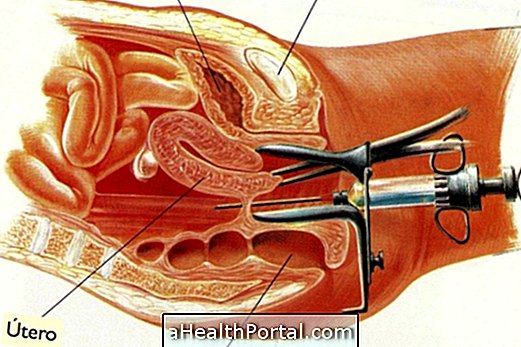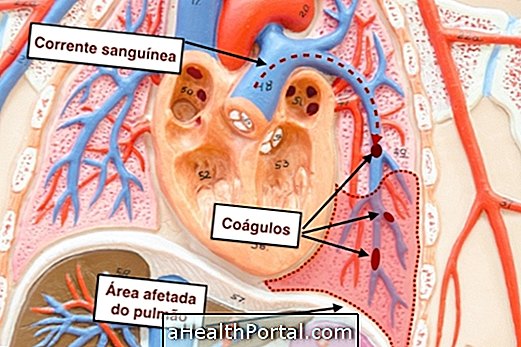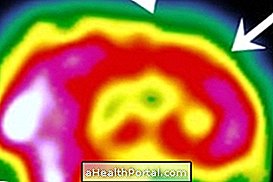Culdocentesis is a diagnostic method that aims to remove fluid from the region located behind the cervix to help diagnose gynecological problems, such as ectopic pregnancy, which corresponds to pregnancy outside the uterine cavity. See what are the symptoms of ectopic pregnancy.
The examination is painful, since it is invasive, but it is simple and can be performed both in the gynecological office and in emergencies.
What is it for
Culdocentesis may be requested by the gynecologist to investigate the cause of pain in the lower abdomen without a specific cause, to assist in the diagnosis of pelvic inflammatory disease, and to identify the cause of bleeding when ovary cyst or ectopic pregnancy is suspected.
Although it is a method used to diagnose ectopic pregnancy, this diagnostic method is only performed if hormonal or endocervical ultrasonography can not be performed to diagnose, since it is an invasive technique with low sensitivity and specificity.

How is culdocentesis made?
Culdocentesis is a diagnostic method performed by the introduction of a needle into the retouterin region, also known as the Douglas sack bottom or Douglas sack, which corresponds to a region behind the cervix. The needle is punctured by liquid located in this region.
The test is said to be positive for ectopic pregnancy when the punctured liquid is bloody and does not coagulate.
This test is simple and does not require preparation, however it is invasive and is not performed under anesthesia, so the woman can feel acute pain at the moment the needle is inserted or have a sensation of abdominal cramp.






















